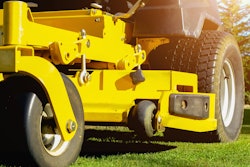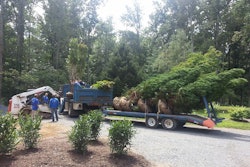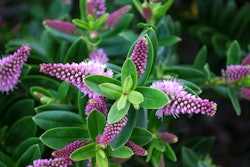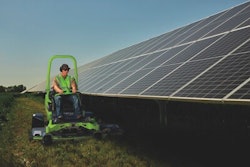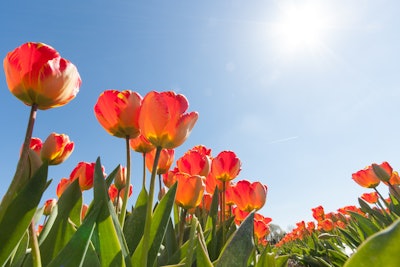
As the cooler temperatures of the fall season have begun to set in throughout many parts of the country, the last thing that your clients might be thinking about is spring color. But now is the time to plant bulbs that will produce beautiful blooms once spring does roll around.
By adding bulb planting to your service lineup, you can offer your clients more value during their fall mulching services. It's not uncommon for clients to forget that now is the time to install certain spring-flowering bulbs. Even if they end up being the ones that install them, they'll appreciate your foresight and knowledge in making this timely recommendation.
Certain spring flowers mean planning ahead
A lot of people don’t realize that certain spring flowers, which grow from bulbs, need to be installed during the fall. It’s important that you talk to your clients about these choices now as bulbs need to be installed before the ground freezes. The fall weather—while the soil is still warm, but the air is cool—offers the best conditions for bulbs to become established. It also helps that the ground is still workable.
If your clients are getting any sort of fall flower installations (such as mums or ornamental kale), or they're having fall mulching done, you can add an easy upsell by suggesting bulbs. Of course, even more valuable than the little bit of additional profit you could make will be the fact that you reminded clients about the importance of installing these plants now. Oftentimes, clients ask for these plants in the spring when it is too late. They'll remember your goodwill in reminding them to install bulbs while they still can.
Tips on installing bulbs
Since bulbs are not yet in bloom when they’re installed, it can be difficult to get the landscape design just right. But you should follow the same general rules that you do when installing flowers that have already bloomed.
This includes grouping similar colors together and thinking about spacing.
You’ll also want to think about the plant’s future growth needs. For instance, if you are installing daffodils, which are early bloomers, you might think about which areas of the property will get the most sun before the trees have their full spring leaves.
Considering the soil conditions is also important. Bulbs prefer soil that drains well and will not perform well in plant beds that have standing water. If the soil is too soggy, the bulbs will start to rot and may never grow.
Success with bulbs definitely boils down to some forethought and planning.
What bulbs to install?
There are a lot of choices when it comes to bulbs that bloom in the spring. But some of the most common are tulips, daffodils, irises, and crocus.
You can talk to your clients about what colors or even flower types they prefer. Many people will have definite preferences.
Of course, it’s important to remember that many of these plants, including daffodils and tulips, can be poisonous to pets. That should also be part of the discussion if you have clients with cats or dogs who roam the yard.
Springtime payoff
By thinking ahead now, you can help ensure that your clients have beautiful early color to enjoy in the spring. As winter weather begins to shift to springtime sun, the early blooming of many of these bulb plants is always a welcomed sight. The gorgeous colors will have your clients thanking you that you reminded them to get their bulbs in now.


